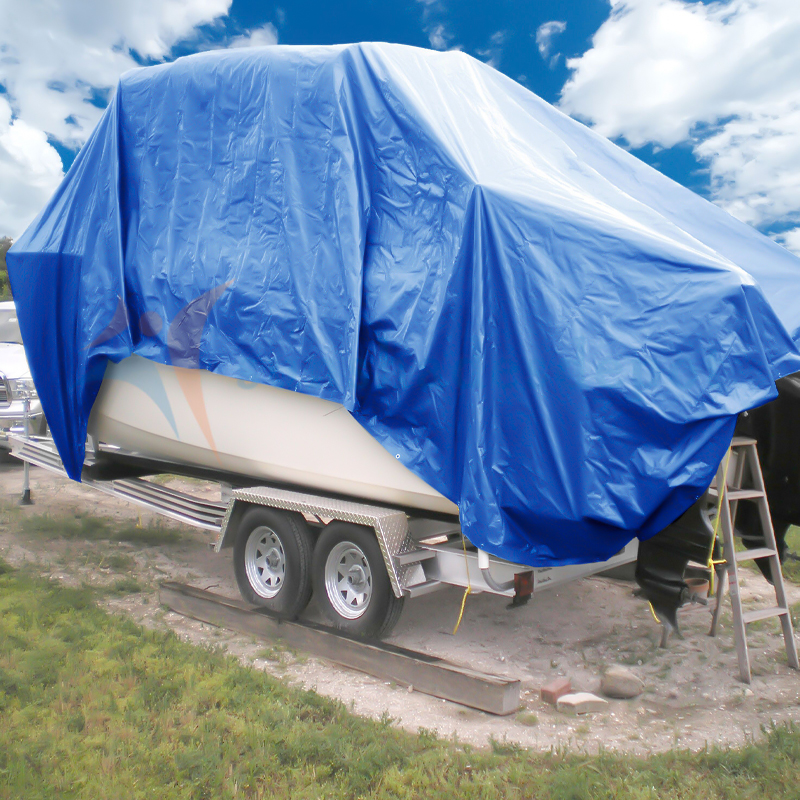In addition to waterproofing, coated fabrics offer enhanced durability and abrasion resistance. The coating layer acts as a shield, protecting the underlying fabric from wear and tear, extending the lifespan of the finished product. This makes coated fabrics a popular choice for applications that require long-lasting performance, such as automotive upholstery, protective clothing, and industrial equipment covers.
coated fabrics can provide additional functionalities and properties tailored to specific requirements. For instance, flame-retardant coatings can be applied to fabrics to enhance fire resistance, making them suitable for applications in the automotive and aerospace industries, as well as for protective clothing worn by firefighters or workers in hazardous environments. Coatings can also offer antimicrobial or anti-fungal properties, making the fabrics resistant to microbial growth and suitable for applications in healthcare settings, hospitality, and food processing industries.
Coated fabrics come in a variety of forms, offering flexibility and customization options. Some coated fabrics have a single coating layer on one side of the fabric, while others may have multiple layers or coatings on both sides. The type of base fabric used can also vary, including options such as nylon, polyester, cotton, or a blend of different fibers. These variations allow manufacturers to select the most appropriate combination of materials and coatings based on the desired properties and performance requirements of the end product.
The versatility of coated fabrics is further exemplified by their application in different industries. In the automotive sector, they are used for manufacturing car seats, headliners, and door panels, providing comfort, durability, and aesthetic appeal. In the marine industry, coated fabrics find use in boat covers, sails, and inflatable boats, offering resistance to water, UV rays, and saltwater. Additionally, the medical field utilizes coated fabrics in applications like hospital bed mattresses, surgical drapes, and wheelchair upholstery, where infection control, durability, and ease of cleaning are critical factors.
As sustainability continues to gain prominence, the textile industry is exploring eco-friendly alternatives in coated fabrics as well. Environmentally friendly coatings, such as water-based or solvent-free formulations, are being developed to reduce the environmental impact associated with traditional coating processes.

.png)
 English
English 中文简体
中文简体















